I'm trying to understand what's the function or R2 resistor in this transdiode log amp configuration. I suppose I've to match the right value to give in order to minimize the effect of input bias current. In a simple inverting configuration I'd put the value of the parallel resistors in the feedback loop, but I don't know what to exactly do in this case. I'm using both OP27E opamp (so really low bias current) than uA741C. I've done some simulations in TINA with and without R2 and I noticed some differences that advise me to understand more deeply which R2 value I've to use. Someone can help me to figure out?

Update: According to Hope consideration, I tried to place a R2=0, R2=2k (parallel of 2.5k Rpi // 10k R1) and R2=10k. Seems that the R2=2k works good at very low voltages, and V_out decrease a bit according to the fact that the resistor is nulling the bias current. Isn't it?